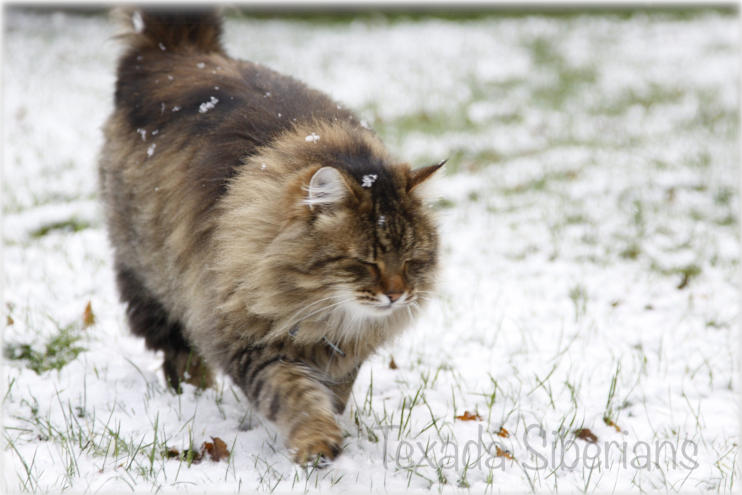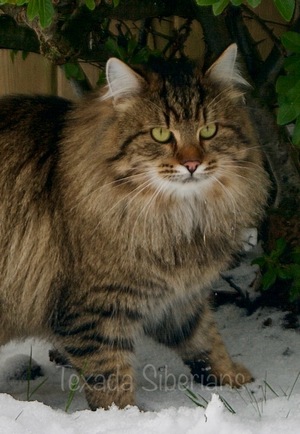Exploring the Hypoallergenic Qualities of the Siberian Cat

The discovery of the Siberian cat's hypoallergenic properties was a gradual process that occurred through a combination of anecdotal evidence and scientific research. It is believed that these hypoallergenic traits were recognized by cat owners and breeders long before they were formally studied. The process of understanding the breed’s hypoallergenic nature unfolded in the following ways:
Early Anecdotal Observations
Historically, the Siberian cat breed has been present in Russia for centuries, where it was valued for its hunting abilities and resilience in the harsh Siberian climate. Its dense, triple-layered coat, designed to protect the cat in freezing conditions, was one of its most distinctive features. However, it wasn’t until the breed gained popularity outside Russia in the 1990s that the connection between Siberian cats and hypoallergenic properties started to gain more attention. Many people who were allergic to cats began to report that they could tolerate Siberian cats better than other breeds. Despite the breed’s thick, fluffy fur, allergy sufferers found that they experienced fewer or less severe allergic reactions when living with or spending time around Siberians. This led to the idea that Siberians might produce fewer allergens than other cats, though at that time, the exact biological reasons were not yet understood.
Scientific Investigation
The breakthrough in understanding the hypoallergenic nature of the Siberian cat came from scientific studies focused on the allergenic proteins cats produce. The main allergen responsible for triggering allergic reactions in humans is a protein called Fel d 1, which is primarily found in cat saliva, skin oils, and dander. When cats groom themselves, the Fel d 1 protein is spread onto their fur and skin. As the fur sheds and the protein becomes airborne, it can be inhaled or come into contact with the skin, causing allergic reactions in sensitive individuals. A series of studies in the 1990s and 2000s looked into the allergen levels in different cat breeds, and the Siberian cat was one of the breeds studied. Researchers found that Siberians had lower levels of Fel d 1 compared to most other cats. This was a significant discovery, as it explained why many allergy sufferers experienced fewer symptoms when around Siberian cats. In particular, one study showed that the Siberian cat produced about 1/5th of the Fel d 1 found in the saliva of other cat breeds, making it a more manageable choice for individuals who have mild to moderate allergies.

Genetic Factors and Hypoallergenic Traits
While much of the research into the Siberian’s hypoallergenic properties is based on observing the levels of Fel d 1 in their saliva and dander, the exact genetic factors responsible for the production of this allergen are still not entirely understood. However, it is believed that these traits are the result of natural genetic variation within the breed. It is likely that the Siberian cat, over centuries of adaptation to a harsh environment, developed genetic mutations or variations that led to a lower production of allergens, providing a survival advantage by making the breed more resilient in various environmental conditions.
Recognition and Popularity
As more research was conducted and the breed gained popularity, Siberian cats began to be marketed as a hypoallergenic option for people with cat allergies. Breeders and owners shared their positive experiences, and scientific studies corroborated the anecdotal evidence, confirming that Siberians were indeed less likely to cause allergic reactions than other cat breeds. This helped to solidify the breed’s reputation as one of the best options for allergy sufferers, though it’s still important to note that no cat breed is entirely allergen-free.

